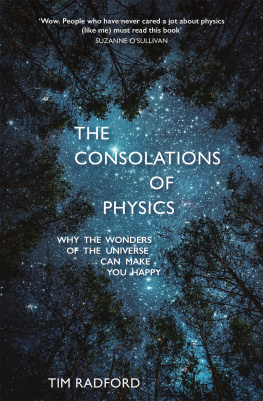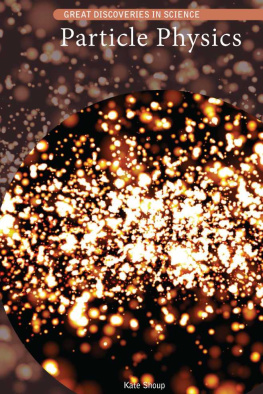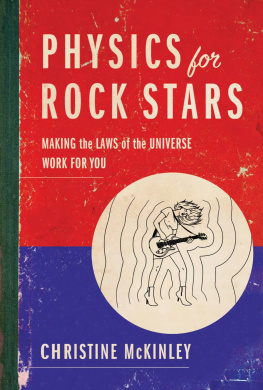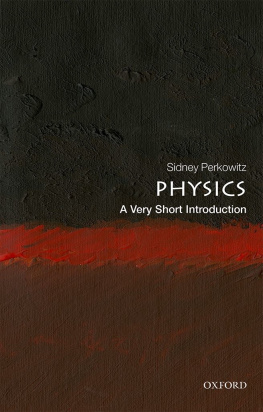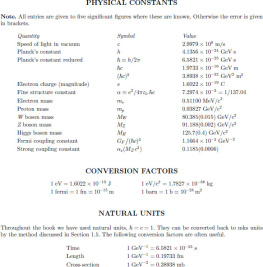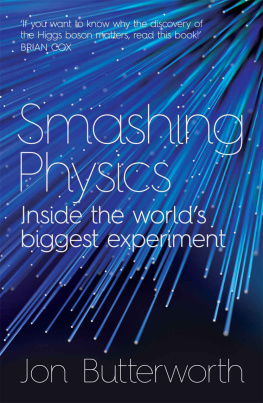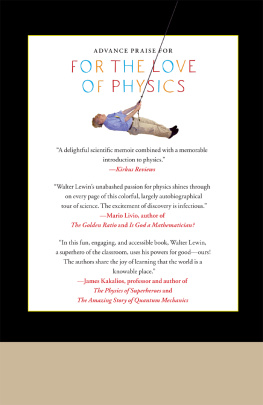Contents
First published in Great Britain in 2018 by Sceptre
An imprint of Hodder & Stoughton
An Hachette UK company
Copyright Tim Radford 2018
The right of Tim Radford to be identified as the Author of the Work has been asserted by him in accordance with the Copyright, Designs and Patents Act 1988.
All rights reserved.
No part of this publication may be reproduced, stored in a retrieval system, or transmitted, in any form or by any means without the prior written permission of the publisher, nor be otherwise circulated in any form of binding or cover other than that in which it is published and without a similar condition being imposed on the subsequent purchaser.
A CIP catalogue record for this title is available from the British Library
ISBN 9781473658189
Hodder & Stoughton Ltd
Carmelite House
50 Victoria Embankment
London EC4Y 0DZ
www.sceptrebooks.co.uk

www.sceptrebooks.co.uk
For my family
Acknowledgements
Without the support of my family, the encouragement of my agent Will Francis, the rigour of my editor Juliet Brooke and the generosity of Drummond Moir, this book would not have happened at all. I cite the sources from which I quote directly, but for its substance and theme, I am in debt to the library of the Royal Astronomical Society, and beyond that, to every scientist I ever talked to, and every book I ever read. For its errors, I alone am to blame.
A Signal in the Void
At the end of November 2017, scientists and engineers based at NASAs Jet Propulsion Laboratory in Pasadena, California, fired up a motor that had not been used for thirty-seven years. They sent a command to a spacecraft to ignite a thruster to shift its position and alter the angle of its antenna. Since the spacecraft was 13 billion miles from planet Earth, the command, travelling at the speed of light, took more than nineteen hours to reach it. Then the engineers had to wait another nineteen hours and thirty-five minutes to find out whether their manoeuvre had worked. It had. Thrusters puffed bursts of gas from their nozzles for a hundredth of a second, to turn the spacecraft fractionally so that its antenna pointed in the desired direction. The command was a simple one, and its success had no immediate significance it was a test and no more but the achievement made the broadcast bulletins and news headlines.
That is because the spacecraft was Voyager 1 the first man-made object to leave the solar system. It is a twin sister ship to Voyager 2 , the only observer to visit the outer planets Jupiter, Saturn, Uranus and Neptune before it too began to head for the space between the sun and other stars. And in the course of this journey, Voyager had gradually become one of the icons of modern science. It is both an instrument and exemplar, not just of human curiosity, but of the joy a delight that is intellectual, aesthetic and emotional of exploring what is beyond the horizon, and beneath the surface of things.
All science, like all religion, like most history, like philosophy and probably all great art, addresses a set of universal, enduring questions: how did we get here? Why are things as they are? Where are we going? What does it all mean? Is there an ultimate purpose to our existence, or is what we can see around us just the result of a horrible accident, or a sublime one?
What science and in this story, physics does is take a little piece of one of those questions and, systematically and provisionally, deliver an answer. This answer on its own may help nobody and answer nothing. But physics goes on to another little question within that bigger question, and then another and then another, and sooner or later, the mosaic of little answers starts to deliver something of more substance: a pattern, a direction of travel, a model that seems to make sense. Actually, substance might not be the right word: we can never be sure that what we see is reality: we may be observing a mirage, or a reflection of reality, or just the silhouette of reality, as if a figure through an opaque glass door. Plato immortalised this possibility twenty-five centuries ago with his image of shadows in a cave. But even if the evidence tells us something incomplete, it still tells us something.
I am very fond of the metaphor of the world around us as a book, but a book only open at the present page. We have learned to read some of this book. It has a huge cast of characters in a confined landscape. We can infer a topography, sense a culture, interpret a plotline and thrill at hints that whatever is going on now might be just a twist, an interlude, an episode in some much bigger story. And from the adventures and conversations on the page open before us now, we have to deduce a number of things: are we reading history, or fiction? What happened at the beginning? How will it end? Does this story have a conclusion, or is it still being written? Voyager is an experiment in physics and cosmology that began forty years ago and has already helped us understand a great deal more about what we call home, the solar system, and this planet, the only place in the universe known to be hospitable to life. It is one of a procession of increasingly ambitious instruments designed to explore the order that underpins all creation. There are vast and separate projects to probe the nature of inner space the structure of the atom itself and the fabric of the void that we call outer space. This book is a love letter to physics, written by an amateur, and begins with Voyager , perhaps chiefly because it has been with us and receding from us for four decades, perhaps because its very existence is enduring testimony to 300 years of scientific Enlightenment, and perhaps also because it has already carried our dreams for longer and for a greater distance than any other scientific device.
I
Journey to the Stars
Consider it a getaway vehicle, the ultimate in escapism. It is on a journey to the stars, but no one would call it streamlined or aerodynamic, no one would call it state of the art, no one would now describe its instrumentation as sophisticated, and no one now uses the language in which its computer code was written. Nothing about it is miniaturised. How could it be, when its memory is in the form of an eight-track digital tape recorder, spooling backwards and forwards from a fading power source that delivers energy measured in fractions of a watt? It is not in a welcoming place: the ambient temperature of interstellar space is not far above absolute zero. Against the backcloth of darkness and the speckle of distant stars far beyond the last outposts of the planetary system, it would appear motionless, because the only things against which you could measure its motion are themselves so far away. It is, however, one of the fastest things ever to have left Earth.
It is now receding from the sun at more than seventeen kilometres a second, more than 62,000 kilometres an hour. This is a speed that is difficult to imagine. Were such a spacecraft to fly low over Greater London which, of course, at that speed it could not or the New York conurbation, or the sprawl of Shanghai, it would make the traverse in little more than a second, and be gone long before a sonic boom announced the instant of arrival. Like Shakespeares Puck in A Midsummer Nights Dream , it could put a girdle round Earth in forty minutes. It is so far the only surviving emissary from Earth, launched by dreamers with degrees in engineering, in mathematical physics and in astronomy, dreamers with patience, determination and a strong practical streak. It represents the last great ambition of the first years of the space age, the years 1957 to 1977 that saw the Soviet Union put the first object into space, the first dogs, the first man, the first team, the first woman, and launched the first missions to another planet; the years in which American ambition and enthusiasm put the first humans on the moon, and brought them back alive. For a few years, the Cold War seemed to take the form of a space race. Then it slid back into a war fought by proxy, with napalm and the defoliant Agent Orange in Southeast Asia, and governments on both sides began to lose interest in discovery for the sake of it.
Next page
